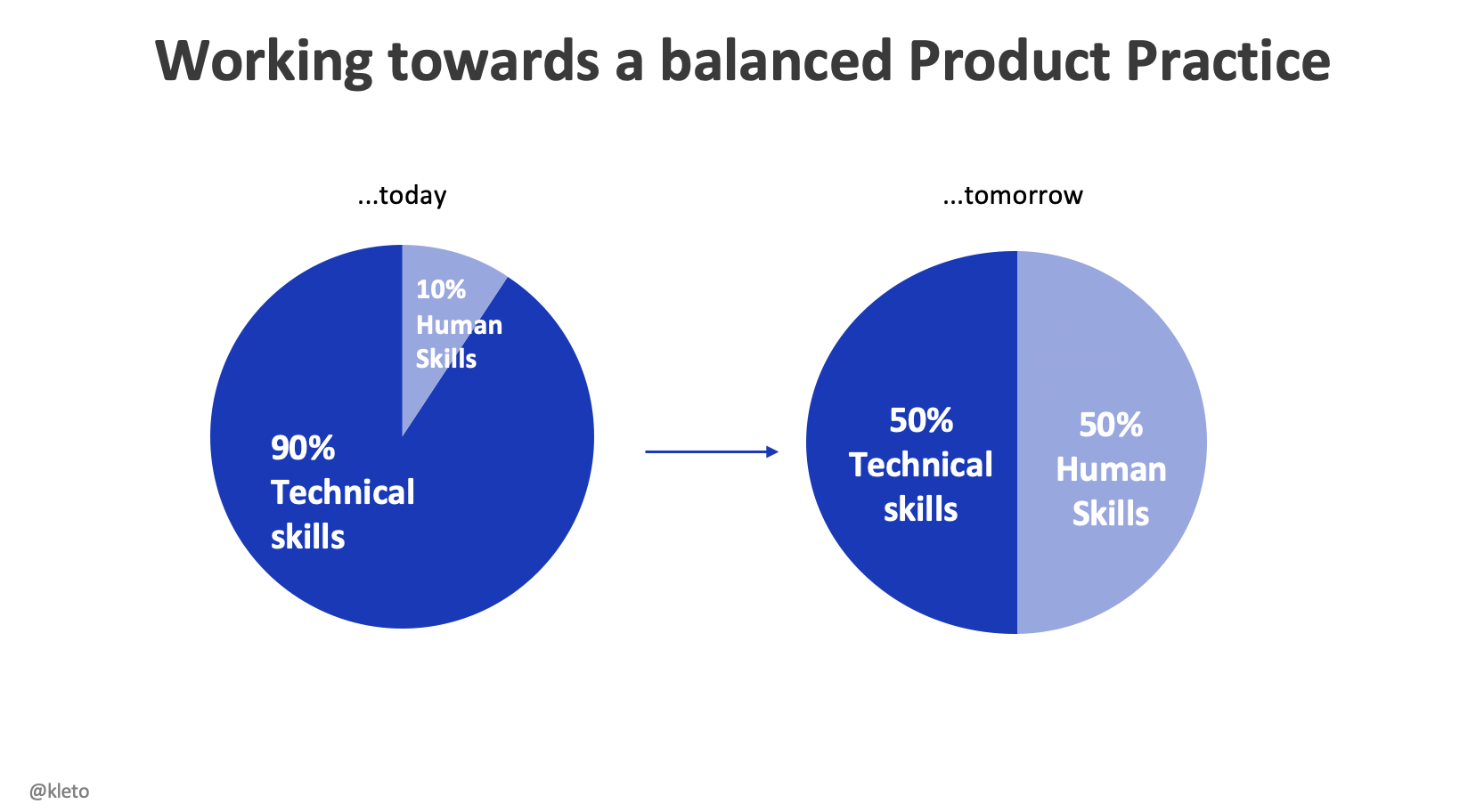Product Management takes a lot of Practice
And the skills that need the most practice may not be what you’re focused on
A product practice is based on what we do and how we do it. You can't have one without the other.
I recently met up with the Director of Product at a cybersecurity firm to talk about a few challenges that she was having transitioning into her new role.
The director, let’s call her Jenny, was six months into the role and despite her best attempts, was struggling to get products out the door.
She told me all about the new best practices around product discovery, design sprints, roadmapping, OKRs and customer interviews that she had introduced to the product organisation in the hopes of up-skilling the cross-functional teams that she’d been working with, but there was nothing meaningful to show for the efforts. Not even a prototype to test with customers. Jenny was hoping that I might have some tips that she could try out to get things moving again.
The scenario is one that I had heard many times and I knew from experience that there was no quick fix to offer. In fact, from what Jenny had shared with me so far, it sounded like her challenges related to a fundamental misunderstanding of what product management actually is..
What the heck is product management anyway?
First off, as many of you reading this will know first hand, what product management is and what a product person does – from entry-level junior product manager to executive level chief product officer – is continually evolving and often varies greatly from one organisation to another. So, it’s difficult to find a universal understanding of it.
Based on my two decades of product experience, I believe the key to understanding product management is to think of it as a practice – somewhat like a doctor practicing medicine or a lawyer practicing law.
Product people select from a variety of tools that live in our virtual toolbox to solve a problem. Given the technologies we’re working with are often new, there’s no sure way to solve that problem, so there’s a lot of experimentation and trial and error.
Sometimes it works, sometimes it doesn’t – but teams of product people won’t know for sure until they try. It takes a lot of practice, and it takes a special set of skills to be that person and team that can continually experiment in times of stress and pressure. It also requires a unique type of leadership and culture to empower teams to do just that.
Defining a Product Management Practice
The practice of product management itself has two distinctive yet complementary sets of skills – technical skills and human skills.
I describe technical skills as a growing list of techniques and tools that product people use to solve the customer problem, and then deliver and support a product. It’s impossible to name all of the technical skills within a product management practice as there’s new iterations and approaches being blogged and tweeted about daily, but some of the most universally recognised include product roadmaps, vision statements, OKRs, key performance indicators (KPIs), discovery sprints, product prototypes, user interviews, plus how to work with various methodologies like Agile and Lean to ideally deliver a product.
In the technical skills dimension of a product practice, these – and many other tools- represent what a product person does as part of the ideation, creation, delivery and iteration of digital products. They are essential activities for any product person. We as product people spend a lot of time mastering them.
While technical skills are essential to our practice, they are really only half of what product management is all about. What a product practitioner at any level should actually be working toward is the ability to balance technical skills with human skills.
The ability to influence, lead, coach and mentor, learn, deal with conflict, communicate, be curious, innovate, adapt, energise, build and maintain relationships and continually grow as an individual. These human skills describe how a product person works and must go hand-in-hand with the technical skills.
Human skills are different from technical skills, yet the two are inexorably tied together for the product person. For example, say a product manager has been tasked with building a new vision for a product. Successfully creating a vision statement isn’t just knowing the latest frameworks or doing what the highest-paid person in the room (HIPPO) says; it’s having the ability to influence challenging stakeholders to get alignment on your thinking. It’s displaying collaboration and leadership skills to bring your team along with the product vision. It’s conflict resolution skills, because we all know there is - and always will be - conflict and tension in product work, especially something as debatable as a vision statement.
Human skills are as essential components to the product practice as technical skills, and achieving this balance is perhaps more important now than ever. While the technologies we build upon are quickly becoming ubiquitous, it’s the human approach to creativity, innovation, decision making and leadership that makes the difference in whether an individual, team, product and even organisation are successful or not.
To Build a Great Product Practice You Need Great People
As a community of product practitioners, it’s up to us to advance the conversation of human skills and bring them comfortably, confidently into our work. I’ve found that a good place to start is re-thinking how we hire. To build a great product practice you need the right people. To find the right people you need hiring practices that engage with both sides of product practice; human skills and technical skills.
My new book, Hiring Product Managers: Using Product EQ to go beyond culture and skills, introduces practical tools and exercises that will change not only how an organisation hires, but how they think of a product practice, a healthy product management culture, and essential product skills.
Published by Sense & Respond Press, the book will be available in September 2020. Join the waitlist below for updates.
If you found this valuable, why not check out my book,Hiring Product Managers: Using Product EQ to go beyond culture and skills.
Available in paperback, e-book and audiobook.
Subscribe
Sign up with your email address to receive news and updates.


